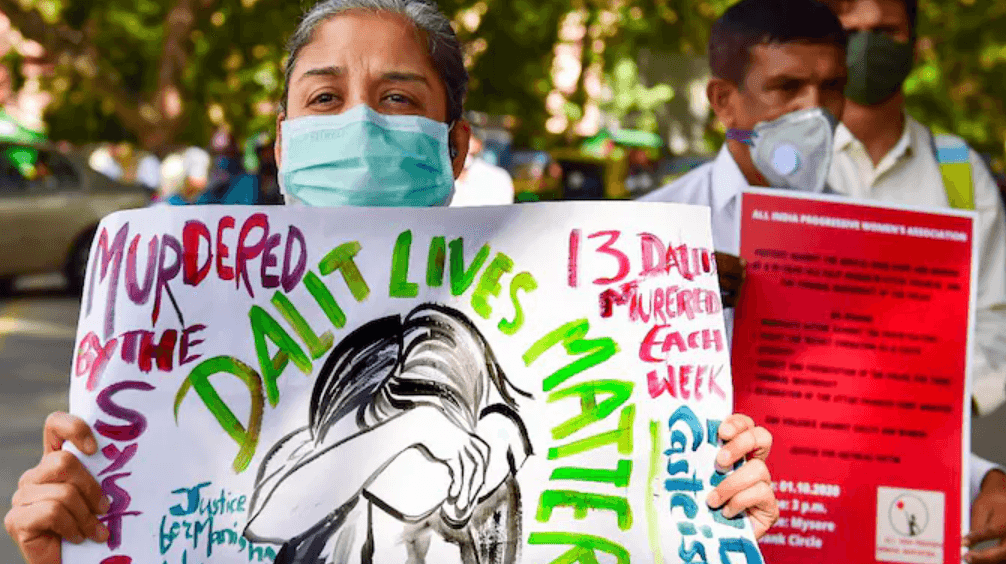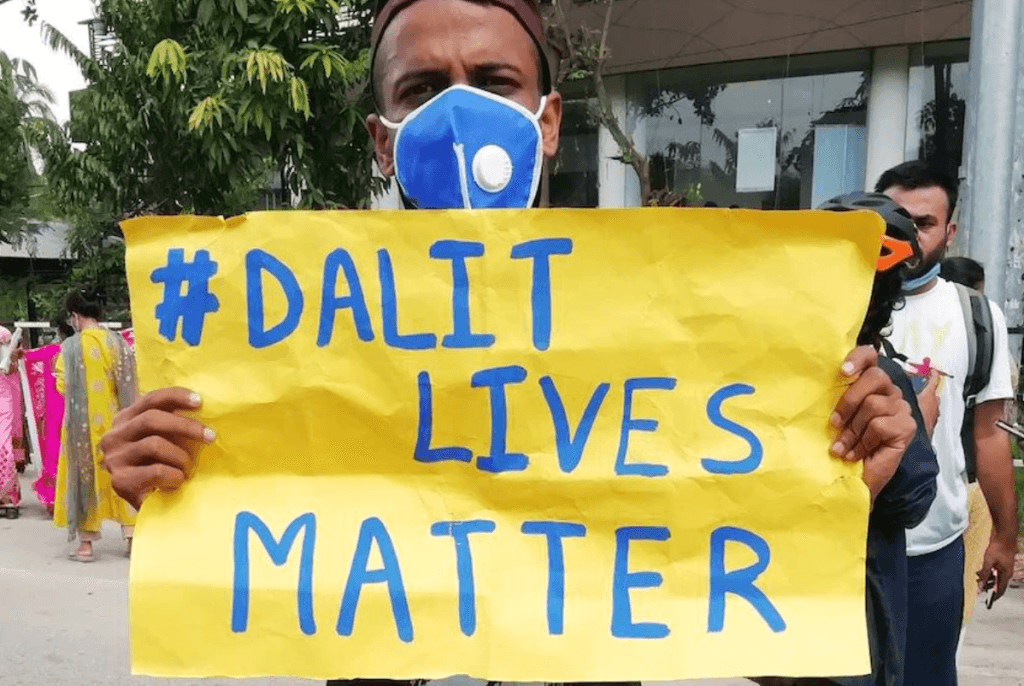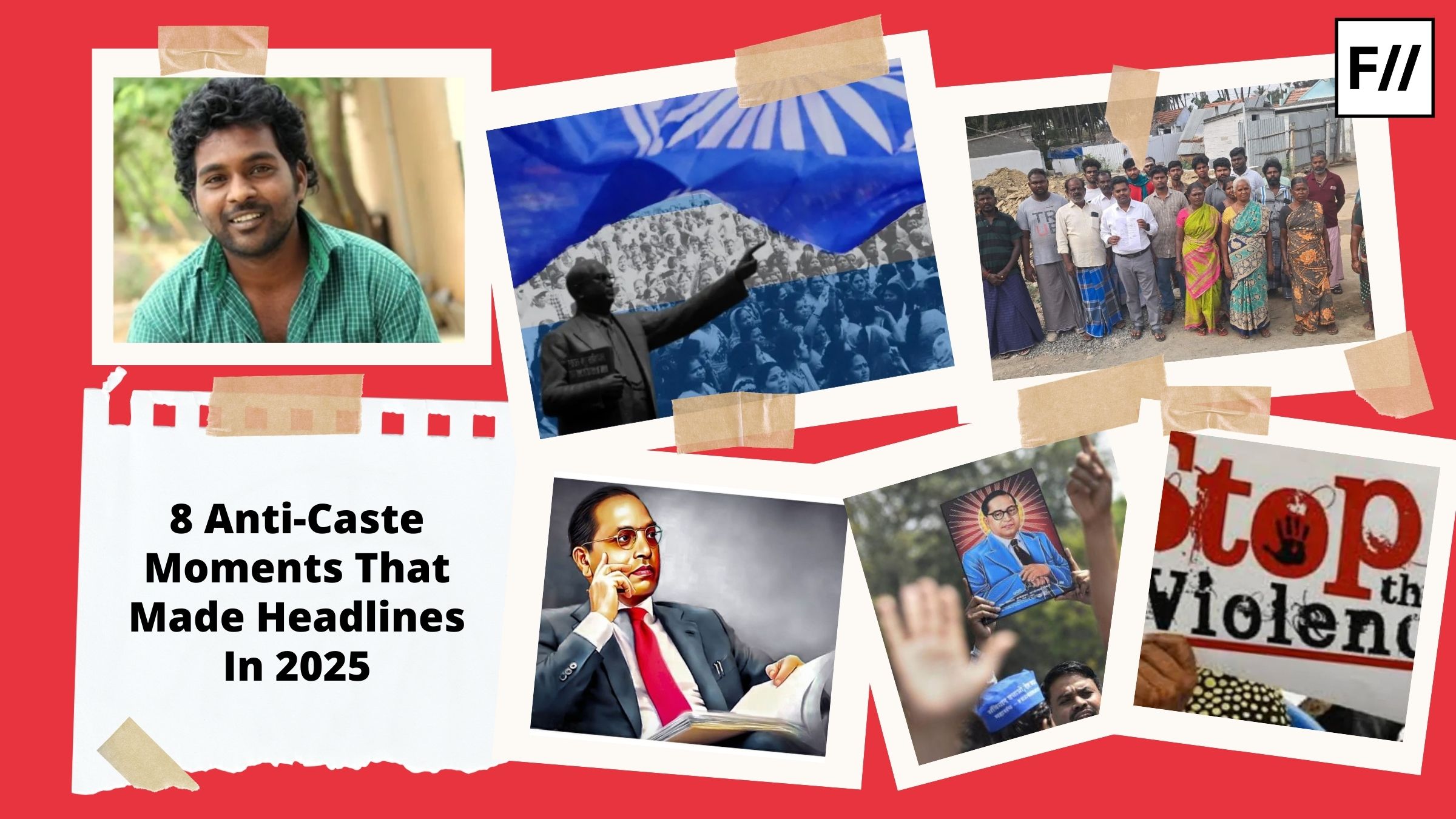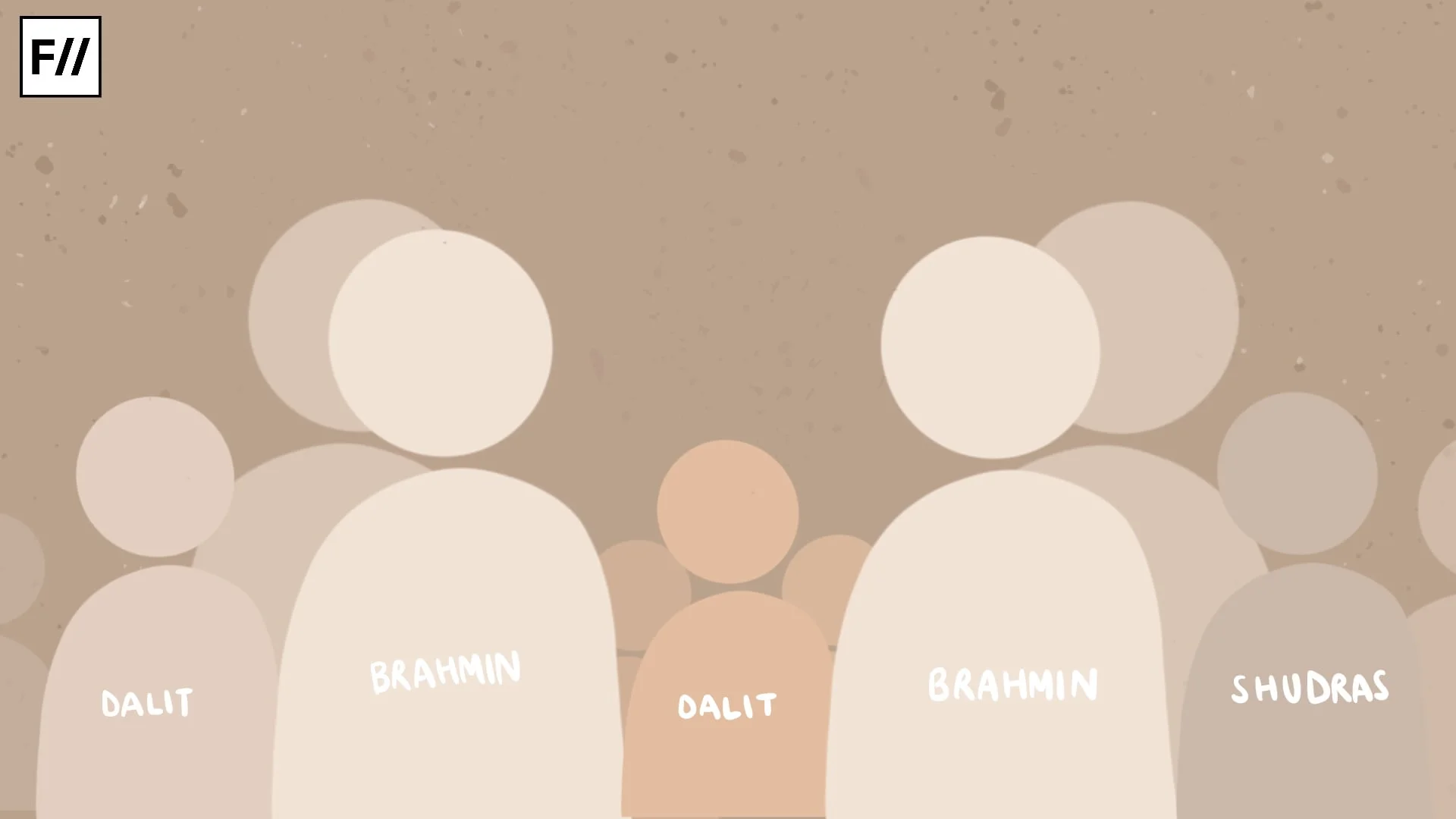A 20-year-old Dalit man named Nilesh Rathod died from injuries he got after being brutally attacked in Gujarat’s Amreli district for calling a shopkeeper’s son “beta” (son). This conveys the persistence of caste-based discrimination in India.
In addition to highlighting the widespread impact of caste hierarchies, this incident raises concerns about the continuation of these stereotypes in future generations.
About the incident
Nilesh Rathod went to buy snacks at a neighbourhood store in Jarakhiya village on May 16, 2025. He called the shopkeeper’s son “beta” in a gesture of familiarity or perhaps just courtesy. This seemingly harmless and everyday term was met with violent outrage.

Rathod allegedly suffered a stick attack from the shopkeeper, Chotha Khoda Bharwad, and the attack intensified as more people joined in, using sickles and sticks and hurling casteist slurs. Before an old man stepped in, Rathod and his friends were constantly chased and beaten.
Rathod died from his injuries six days later, on May 22, 2025, even after being treated by doctors.
Youth and caste: A disturbing continuity
This incident screams that the idea that discrimination based on caste was a thing of the past and was only passed down by older generations.
The active participation of younger generations in such violent acts hints that caste prejudices are still being promoted across generations.
It demonstrates the fragile nature of caste dynamics and the deeply rooted insecurity people have about social hierarchies that a harmless word like “beta,” which is used as a word of affection by people of all ages and backgrounds, could be the source of such a violent reaction.
When words become weapons
Language, in India, is strongly entangled with social and caste hierarchies. Some languages to be spoken are considered to be superior to what other castes are speaking, which commonly reflects and reinforces social hierarchies.
Here, a Dalit man using “beta” to address a person of higher caste was seen as a violation, a desecration of the existing social order.
This incident clearly sheds light on how language, if passed through the prism of caste, can be the source of violence even where it’s not required, showing us the universal nature of caste hierarchy in everyday conversations.
The role of silence: Political and social apathy
After the incident, there was a deafening silence from political leaders and the mainstream media.
The case only gained close attention after constant protests by activists like Congress MLA Jignesh Mevani, who demanded justice and compensation for the victim’s family.
Such a delayed response, which is definitely not the first time, reflects broader societal apathy and ignorance towards caste-based violence, especially when the victims come from marginalised communities.
The spotlight towards caste-based violence is determined according to each caste’s convenience.
Justice delayed is justice denied
Police responded to the incident by arresting eight people and detaining a minor.

The accused were charged under the SC and ST (Prevention of Atrocities) Act and several sections of the Bharatiya Nyaya Sanhita, including those relating to murder, rioting, unlawful assembly, and distressing hurt.
While these legal measures are in the right direction, the efficacy of such actions is often downplayed by systemic delays and societal pressures that can strongly influence the process of justice.
Not an isolated incident: Persistence of caste discrimination
This tragic incident is not isolated in itself but a part of an even larger disturbing pattern of caste-based violence in India.
From incidents like the Una flogging in 2016 to the lynching of Jagmael Singh in 2019, there have been numerous incidents where Dalits have faced brutal assaults for everyday harmless tasks due to the norms of caste.
Such events present the stubborn and systemic nature of caste-based violence and discrimination in India. Caste-based discrimination remains deeply rooted in Indian society, surpassing age and generational boundaries. While the thought goes that younger generations today are protected from such evils and prejudices, recent incidents suggest something else.
Several recent events highlight the involvement of young individuals in caste-based discrimination and violence.
In Moradabad, Uttar Pradesh, in May 2025, five schoolboys allegedly gang-raped a 12-year-old Dalit girl inside a school’s principal office. The boys reportedly gave her a spiked drink, filmed the assault, and threatened her to keep silent. All five were arrested following the incident.
In Mathura, Uttar Pradesh, a Dalit groom’s wedding procession was attacked by upper-caste people who were enraged just by the use of a DJ and a chariot. The groom was allegedly pulled and pushed out of the chariot and the guests were assaulted and threatened to stop the procession before any more harm.
In Mahoba, Uttar Pradesh, a newlywed Dalit couple was reportedly attacked by upper-caste people who forced the groom and the family to pass them by removing their slippers. When they refused to do so, they were assaulted. This incident did draw criticism from political leaders, highlighting the ongoing caste tensions but did not make any difference.
While extensive, up-to-date statistics specifically focusing on youth involvement in caste-based discrimination are limited, broader data indicates the persistence of such biases.
It was found by a Pew Research Centre survey in 2021 that a significantly large portion of the Indian population still admits the existence of caste-based discrimination and violence. And to note, members of the SC and ST were more prone to such discrimination against themselves.
Reports from many human rights organisations and NGOs also consistently highlight that caste-based violence and discrimination still prevail largely across India, affecting all ages.
These reports also highlight the need for systemic changes and the need to take measures to remove the presence of such deep-rooted beliefs and prejudices.
The way forward: Education and empathy
Addressing such strong, deep-rooted beliefs of caste-based prejudice, we need effective and multifaceted approaches.

Firstly, education systems should incorporate detailed modules on caste history and social justice to promote empathy and foster understanding among the youth rather than presenting some achievements of a particular caste as superior.
Community engagement programmes might also help in challenging and changing these prejudiced social norms. Furthermore, political leaders and influential individuals should take a purposeful stance in discouraging such acts of violence and discrimination to promote inclusivity.
Such active involvement of active youth in caste-based acts of discrimination and violence serves as a staunch reminder that young age is no requisite to progressive thinking.
To combat this, we urgently need comprehensive education modules that promote equality, inclusivity and empathy from a young age. Societal norms can only be changed if challenged, and only legal frameworks working to change such biases can decrease the presence of such behaviour.
And only through collective action can the people of our country move ahead from the shadows of such caste-based evils.
A call to action
The death of Nilesh Rathod will always serve as a stern reminder of the still persistent legacy of caste-based discrimination in India.
The incident calls for reflection on all levels and questions the idea of an already egalitarian, progressive society.
In order to break the backbone of repressive systems and work toward a society where equality and dignity are not merely privileges but fundamental rights for everyone, we as a country that has long stood for unity in diversity must face these uncomfortable realities.
About the author(s)
Anushka Bharadwaj is a journalism graduate from SCMC Pune. She is an intersectional feminist with a deep interest in gender, caste, politics, and mental health. When she’s not writing or reading, she’s usually found lost in poetry, dancing to her favourite songs, or discovering new music—always reflecting on the world through stories.





